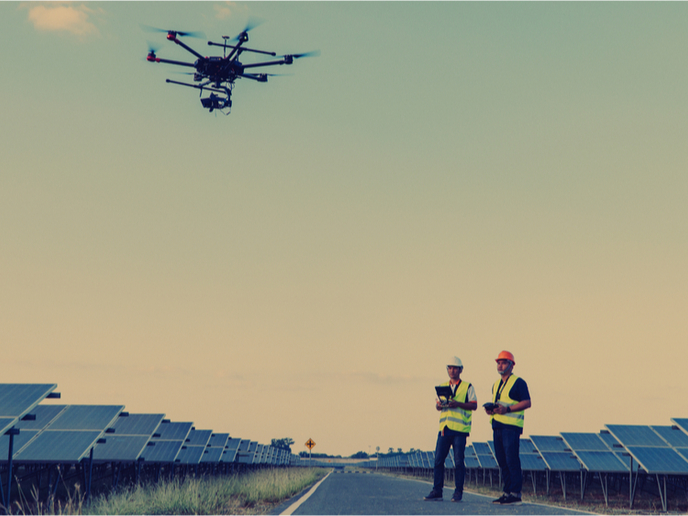Aerial data access and quality reaches new heights
Apart from the high cost and complexity of drone operation, enterprises are simply not used to dealing with drone operators and hardware. Moreover, each customer is different and needs end-to-end solutions integral to their systems and operators that are au fait with their business.
DroneGrid-Sitemark synergy
Sitemark(opens in new window), host company of the EU-funded DroneGrid project, with its sophisticated aerial intelligence enterprise platform, has revolutionised 2D and 3D asset inspection using drones. Enabling customers to integrate aerial intelligence into their workflows in a seamless manner, Sitemark has developed flight automation algorithms that significantly simplify data capture for complex missions. This allows enterprises to focus on data and results and not be bogged down by issues such as data acquisition hardware and complex data processing. The result is high consistency within data acquisition, key for providing industry-specific analytics. An application programming interface(opens in new window) layer enables the integration of various third-party services to improve data quality. Sitemark has further expanded the solution development and commercialisation of its platform since its inception in 2018. “The focus has been on customers in the energy and construction sectors,” explains Vishal Punamiya, project coordinator of DroneGrid and chief strategy officer at Sitemark. New software for various field applications has been developed by Sitemark. These include image processing, flight automation and AI algorithms needed to incorporate dynamic changes during flight for consistent resolution. “While working on refining the software, we also used the new innovations to trial for inspections of vertical structures, such as telecommunications towers, bridges and wind turbines,” Punamiya notes.
Commercial achievements and progress
At the outset of the DroneGrid project, “we aimed to expand the overall platform and its uses across multiple sectors and scale the solution commercially – through product and technology leadership,” explains Punamiya. This strategy has been a resounding success, and the stats from the period 2018 to 2021 say it all. “The number of countries we do business in has risen from 15 to 40, and we have three times the number of customers – from 30 to more than150.” A reflection of the interest in the technology, Sitemark now has 16 partners that are generating over 30% of the revenue. In 2018, there were no partners in place. Challenges throughout this exponential development were numerous, but the team teased out the advantages. Difficult to manage with COVID, the company increased their full-time staff by 30 to 45, and experienced team members took up the task of onboarding the recruits. Maintaining focus was a problem, as always with new technologies when faced with multiple opportunities. Though painful, the team had to double back to the main objective and its mission. “This allowed us to focus on the critical markets and grow revenue, traction and expertise,” Punamiya adds.
Future focus
Sitemark aims to expand its model and revenues through partners, currently targeted to reach a 50 % increase by 2023. They also plan to launch new products aimed at self-flying customers and make the platform more data agnostic. This would allow customers to integrate new data layers in the platform – one of the key steps towards making the platform a software-as-a-service/enterprise resource planning solution for physical assets. Wrapping up on what has been a very successful three years, “we have been very fortunate to take part in this programme, and Sitemark wouldn’t be where it is today without H2020 funding,” emphasises Punamiya.







